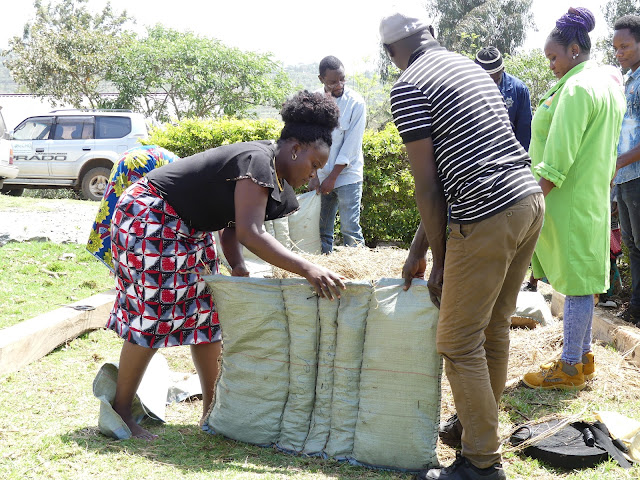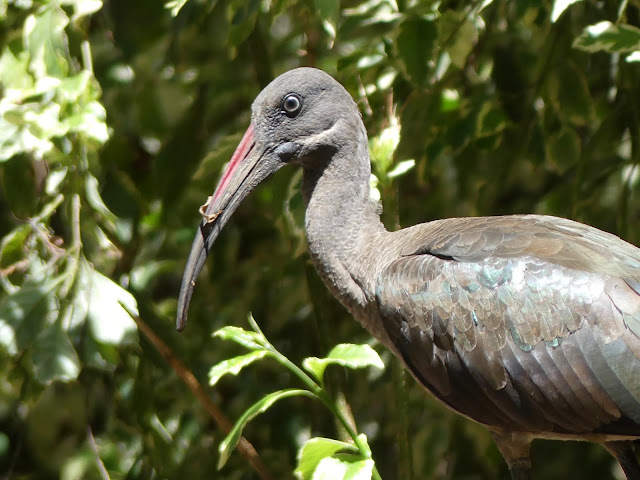Eight months after our rather hasty departure from Tanzania we have returned. We felt we were sitting around in Hamilton doing very little and had a choice. Peter Dutton gave us his blessing to travel and we consulted with family and friends who were also mostly supportive of our plans.
Getting here was very wearying this time. A long day in Melbourne catching up with our son David and my dad in Melbourne before nephew Callum drove us to the airport. Then the usual long Qatar flight to Doha where we had a 20 hour layover before our flight to Tanzania. Normally we would leave the airport for a hotel in the city, sleep and freshen up, do some touristy things and then return to the airport. This time we were not allowed to leave the airport. This was most unpleasant as there is little to do and mask wearing was compulsory. The same mask gets a bit manky after 30 hours.
We had been advised twice by Tanzanian Immigration that we would need to provide a negative COVID test certificate on arrival so we were tested by our GP in Hamilton the day before we flew. The results were to be emailed to us so we could show them on arrival. As I write it is 9 days and they still haven't come. Of course - no-one asked to see them at the airport in any case.
Arriving at our Arusha house felt like we had been away 2 weeks. The staff were so happy to welcome us back. Rooney the dog forgave us for leaving him so abruptly in March and the new dog Soxy seems friendly - if a bit neurotic.
The house and car were looked after well and we quickly settled in although the exhaustion of the trip took a while to pass. It is the beginning of the wet season here with a few mornings of rain since we arrived. The garden is still very dry however. One change since we left is the shelter over the picnic table. I sat here quietly yesterday and a small flock of Hadada Ibis ignored me as they foraged and sunbathed.
We have ventured out for shopping and have visited our old workplaces. We have new neighbours in the compound - an Italian couple working for the anti-poaching PAMS organisation which has its office in the grounds as well. Hopefully landlord Paul will be back from lockdown in the UK in a few weeks.
On Friday we had a long day in Arusha NP and nursed our RAV up the mountain track as far as the waterfall picnic ground (2150 m). There are some birds here and higher that I still want to find. We will need to either go with someone in a more suitable vehicle or do a guided walk with an armed ranger to get higher. Buffalo occur up this high so it is not safe otherwise.
 |
My first European Honey Buzzard in Tanzania.
|
 |
Harvey's Duiker
|
 |
| Striped Skink. |
The COVID situation here is weird. There has been no coordinated testing since April and the official line is that it doesn't exist here now. Life is essentially back to normal - except the provision of hand washing facilities outside even the smallest shop. Almost no-one is wearing masks. We did see one chap on a motorbike wearing a mask but not a helmet - clearly he is confused about risk management. The lack of tourists and departure of many expats has seen a number of businesses (bars, sporting clubs, restaurants etc.) close down at least temporarily.
Whatever the reality, COVID has had little impact apart from economic. The hospitals were never overwhelmed and there are no coffin manufacturers along the highways. Two theories are being examined: other COVID viruses have been through the population regularly so there is a degree of immunity; or native African people have no Neanderthal genes (common in European people) and this protects them from more severe infections. Hopefully one-day we will have answers.
We have planned a safari to Ruaha, Udzungwa and Mikumi National Parks starting on December 1st. Our friend Stanley from Zorilla Safaris is going to take us and it will be great to be with him in the parks again.







































